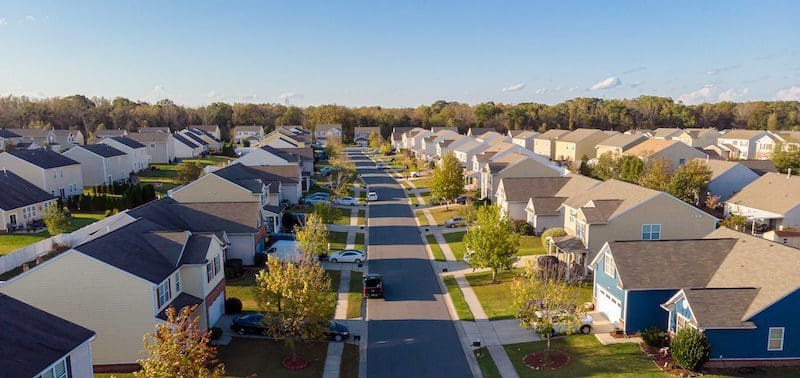New Home Market Update

The choppiness in the new home market remains as seasonal distractions, low consumer confidence, and high housing costs slow housing demand. As a result, new home sales totaled 478,221 on a seasonally adjusted annualized rate in November, down 35.9% compared to last year. Quick move-in inventory (QMI), homes that can likely be occupied within 90 days, are rising and the trend coincides with slower sales activity; national QMI levels are up 173.5% compared to last year and 51.7% compared to 2019.

A bright spot in the slower market is the recent downward pressure on mortgage rates. This is happening despite the continual increases in the short-term rate by the Federal Reserve. While rates are still in the 6.0% range, representing a doubling since the beginning of the year, they have been below 7.0% for five weeks now.
“There are a lot of reasons to fret about today’s housing market given the uncertainty and lack of buyer urgency,” said Ali Wolf, Zonda’s chief economist. “There are some shoppers, however, that are responding favorably to strategic price cuts, incentives, and most importantly, quality. Homes that are thoughtfully designed, well located, and priced right are still selling, bucking the broader market slowdown.”
Sales volume is back to 2016 levels
Zonda’s new home sales metric counts the total number of new home contract sales each month and accounts for both cancellations and seasonality. This metric shows there were 478,211 new homes sold in November on a seasonally adjusted annualized rate. This was a decline of 10.6% from last month and a drop of 35.9% from a year ago. On a non-seasonally adjusted basis, 34,741 homes were sold, 38.5% lower than last year and 27.5% below the same month in 2019.
The PSI is off roughly 40% from cycle highs
Total volume is down due to both supply and demand. Zonda’s New Home Pending Sales Index (PSI) was created to help account for fluctuations in supply by combining both total sales volume with the average sales rate per month per community. The November PSI came in at 104.0, representing a 38.1% decline from the same month last year. The index is currently 41.8% below cycle highs. On a month-over-month basis, seasonally adjusted new home sales increased 4.1%.
- For the fourth consecutive month, the PSI was up in just one of our select markets year-over-year, Baltimore.
- The metros that performed the worst year-over-year were Denver (-76.0%), Phoenix (-74.3%), and Salt Lake City (-63.2%).
- On a monthly basis, Salt Lake City, New York City, and San Francisco were the best-performing markets. Salt Lake City increased 21.4% relative to last month. Salt Lake City and San Francisco, for example, were two of the markets to slow the quickest earlier this year. The month-over-month uptick suggests the price drops and incentives are proving to be effective with consumers at some communities.
